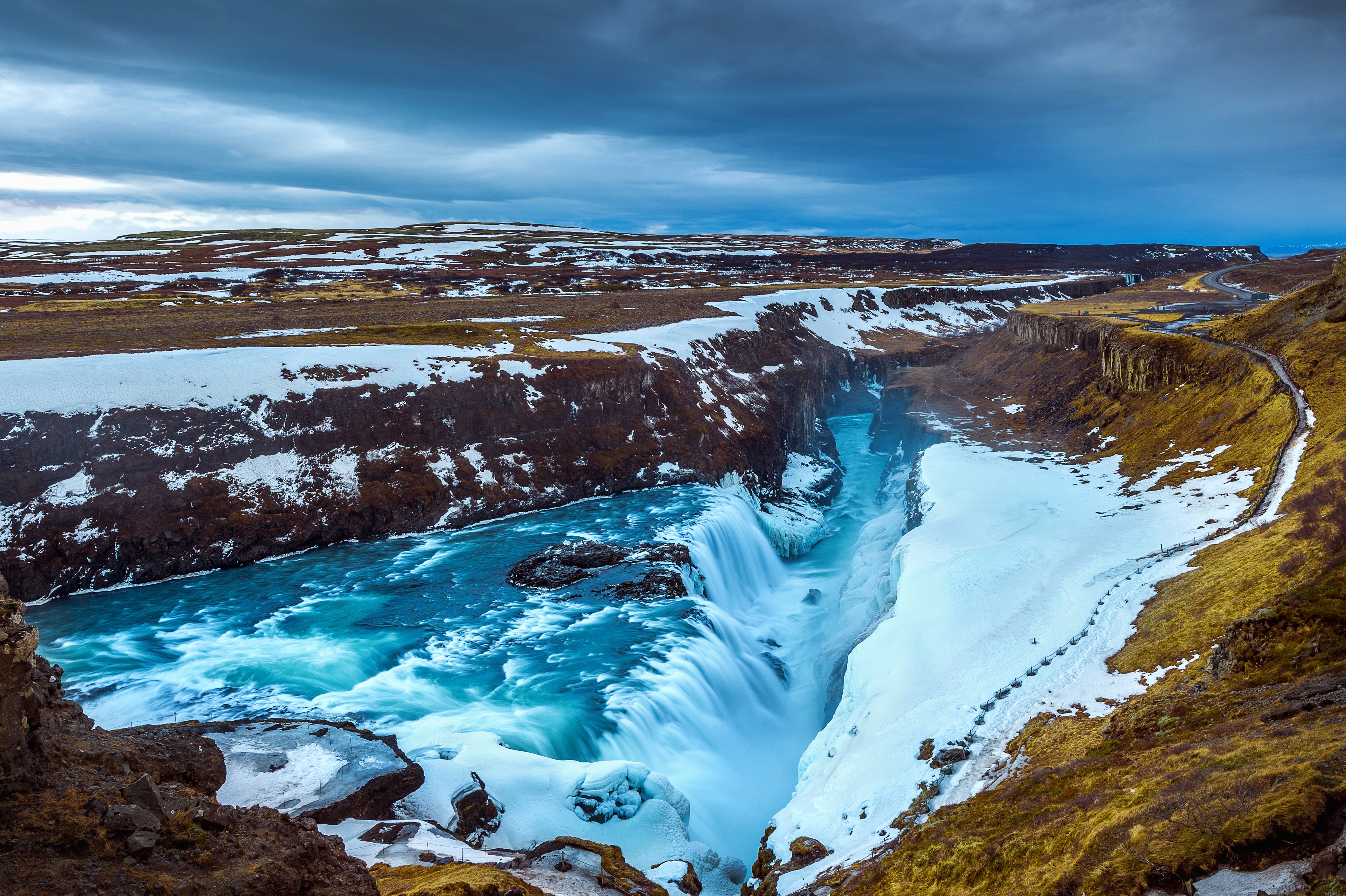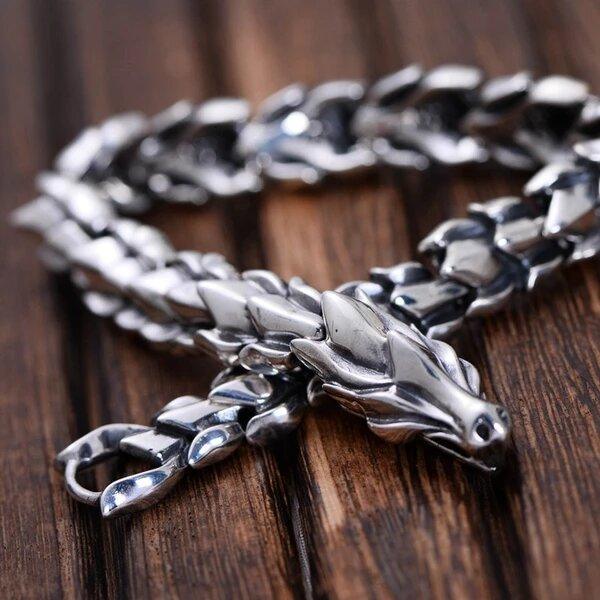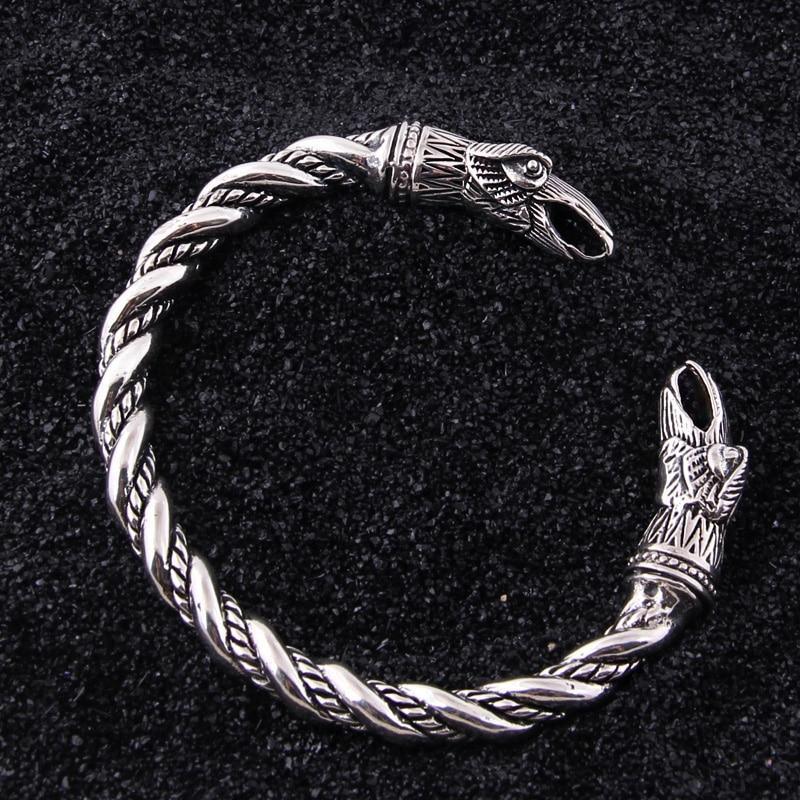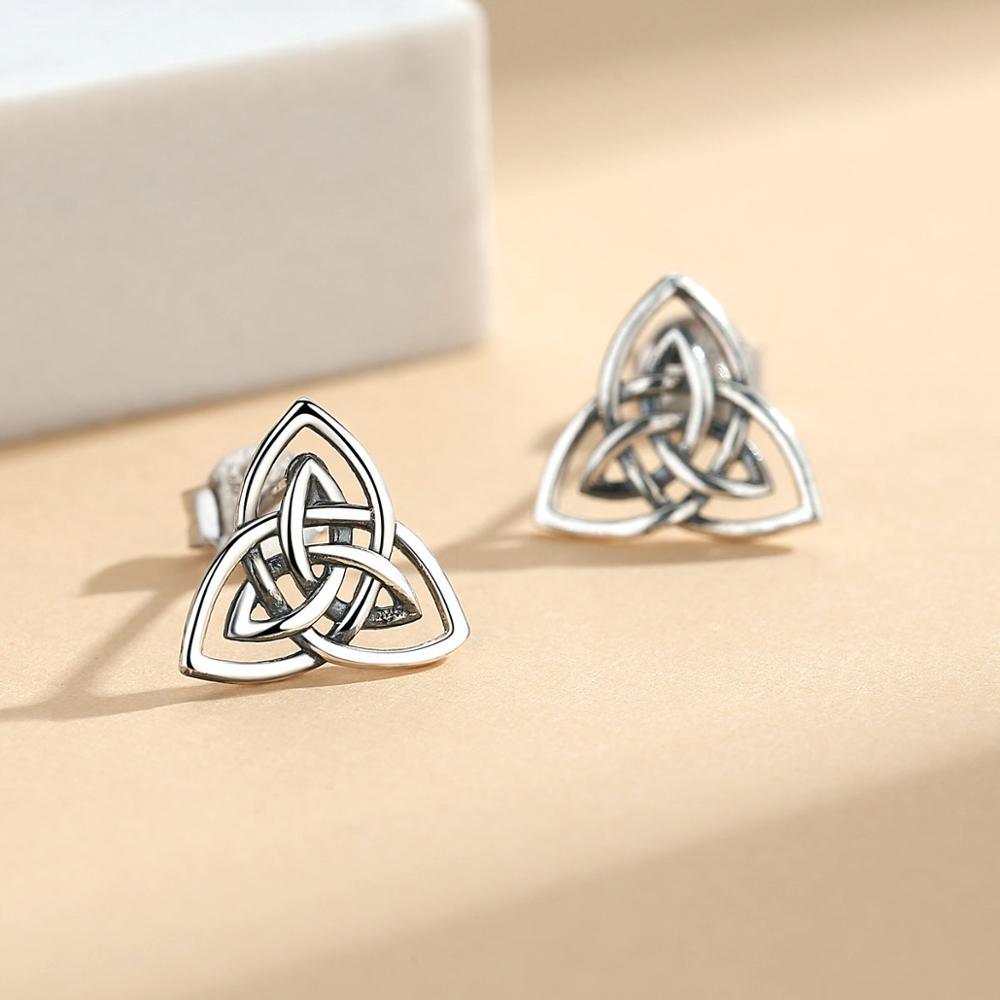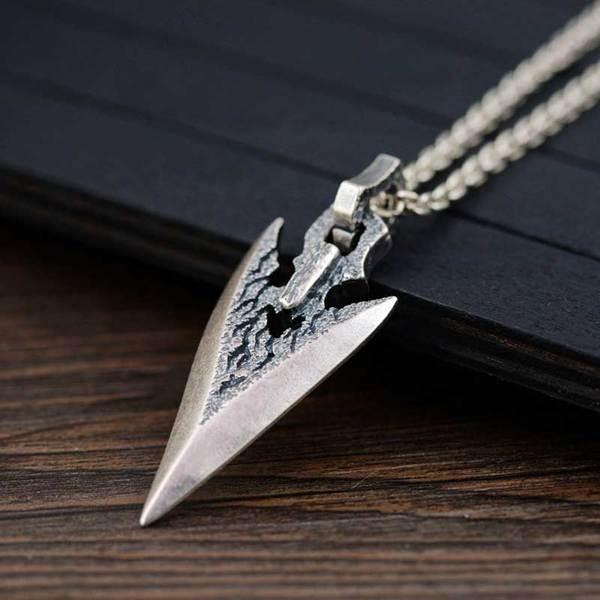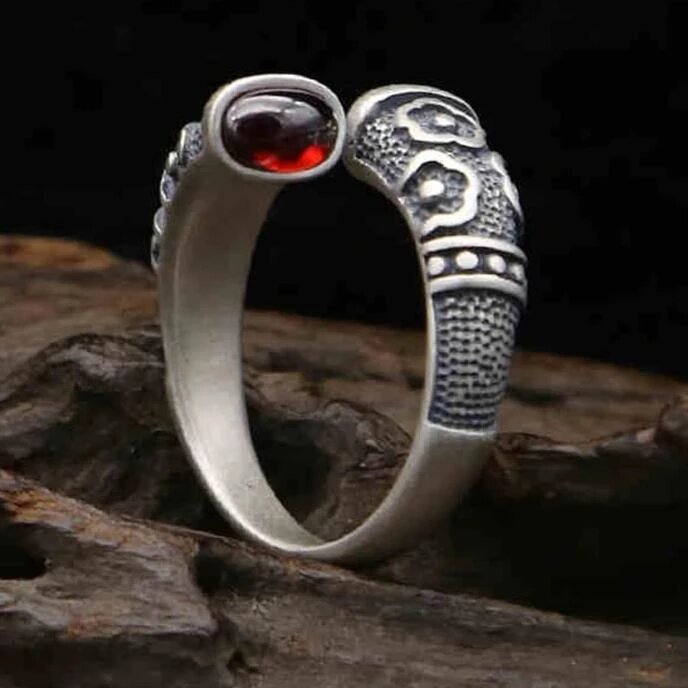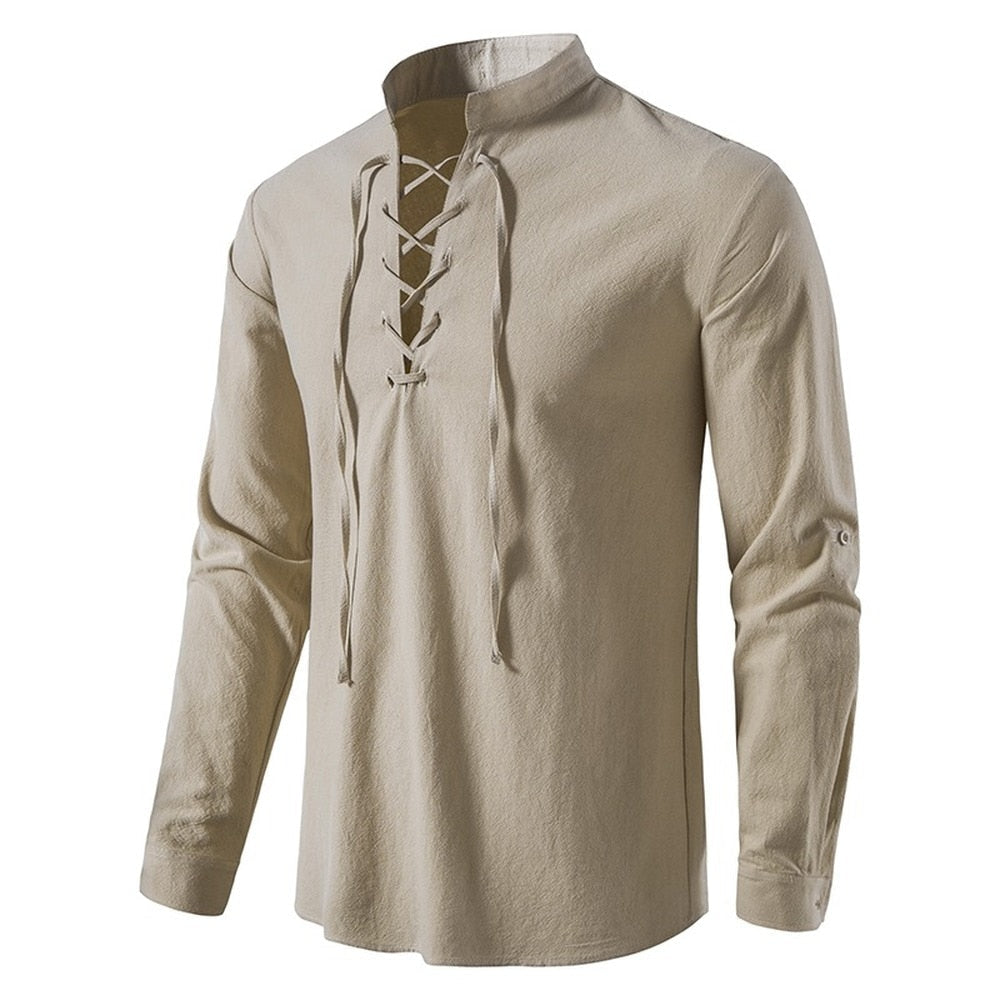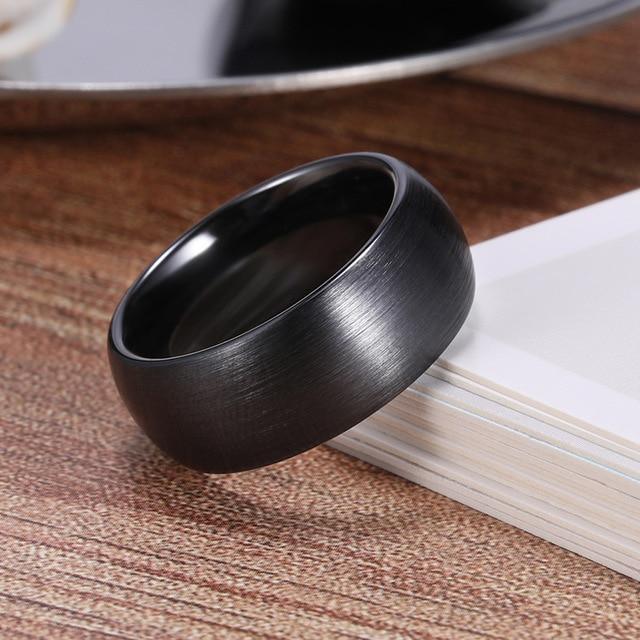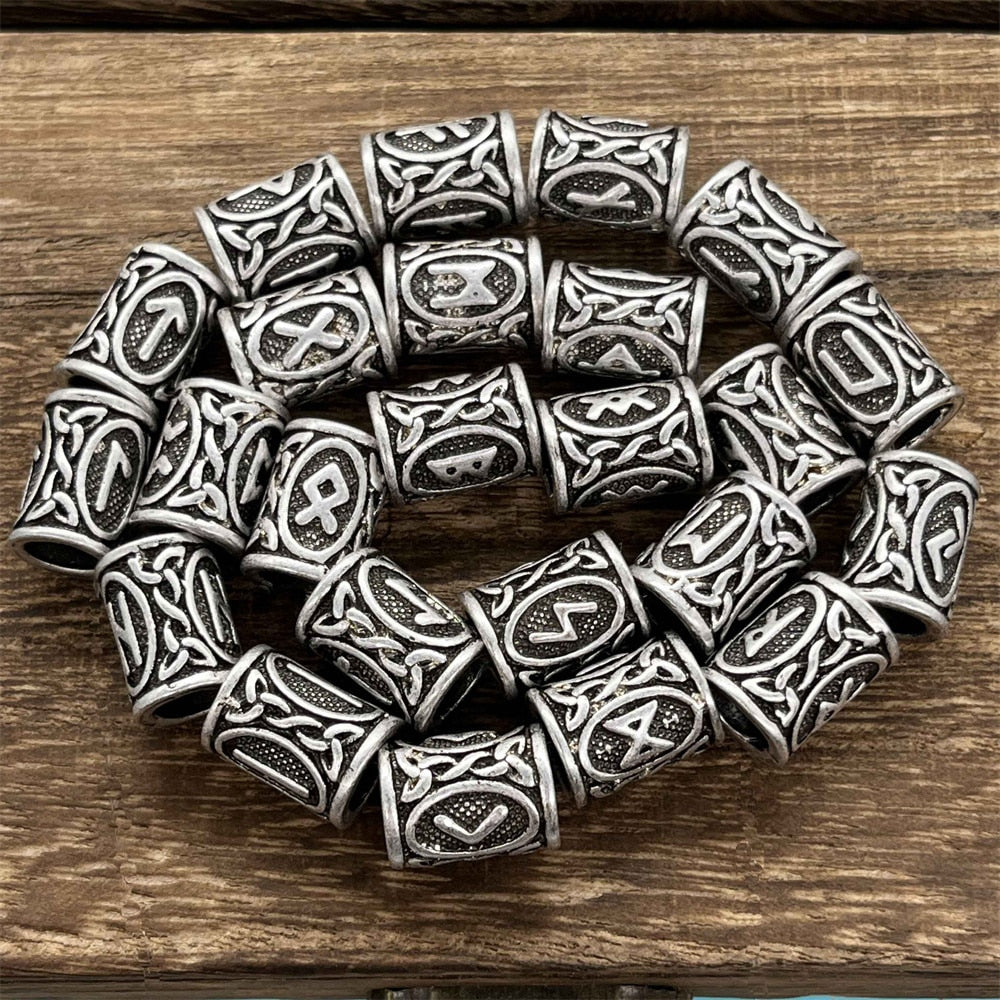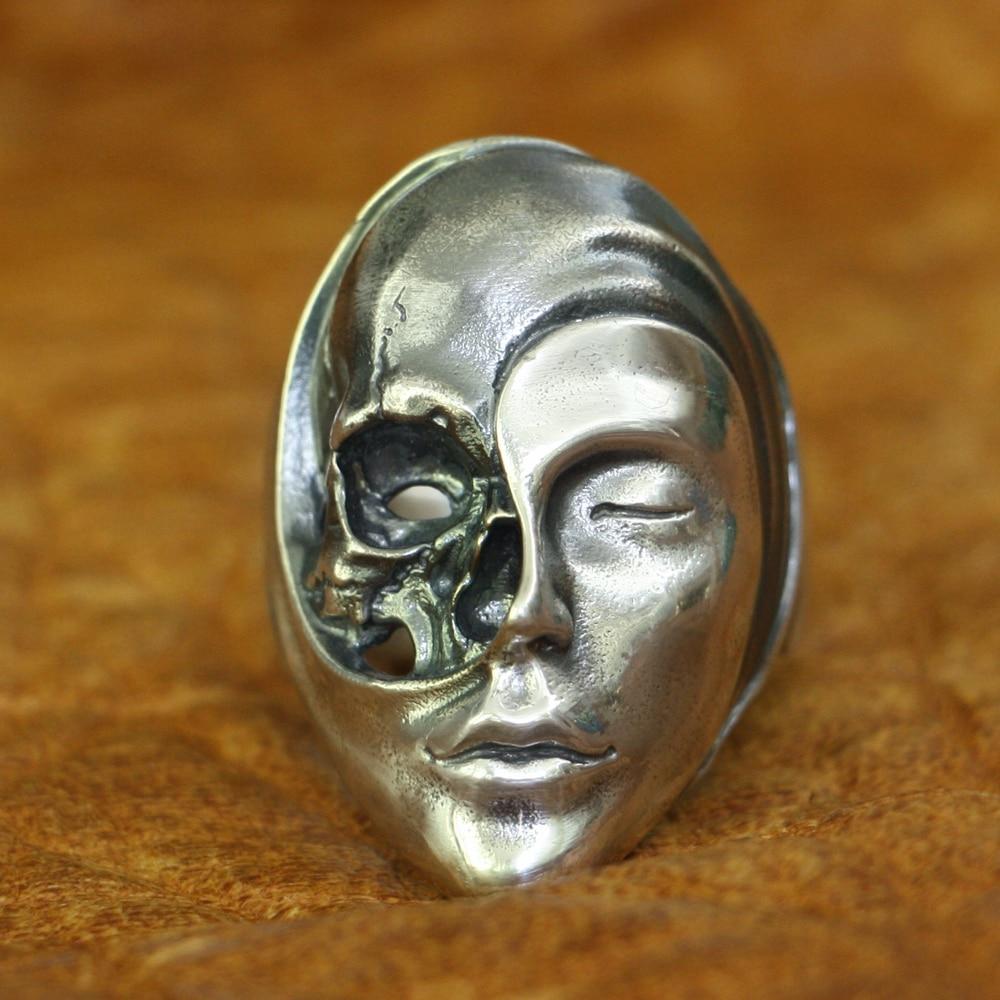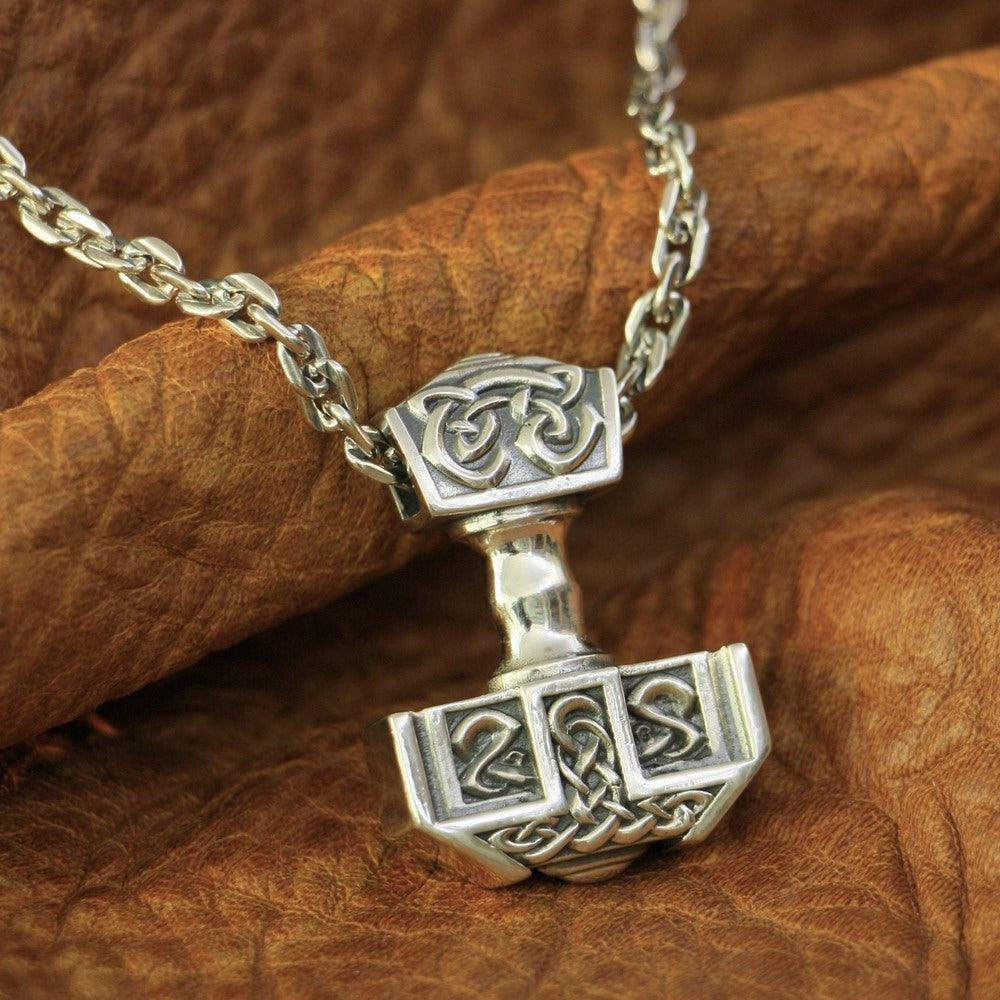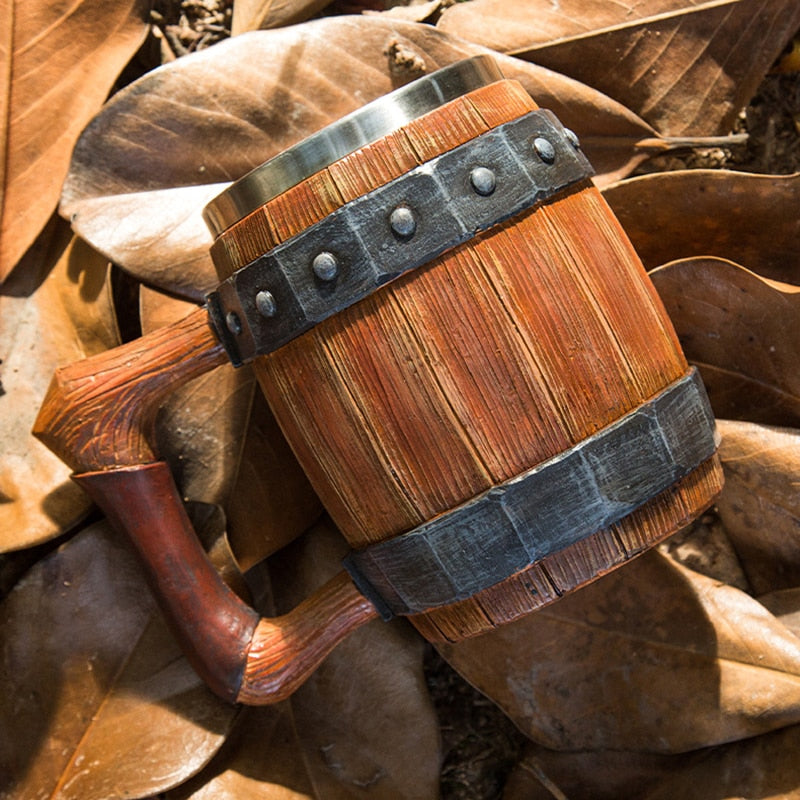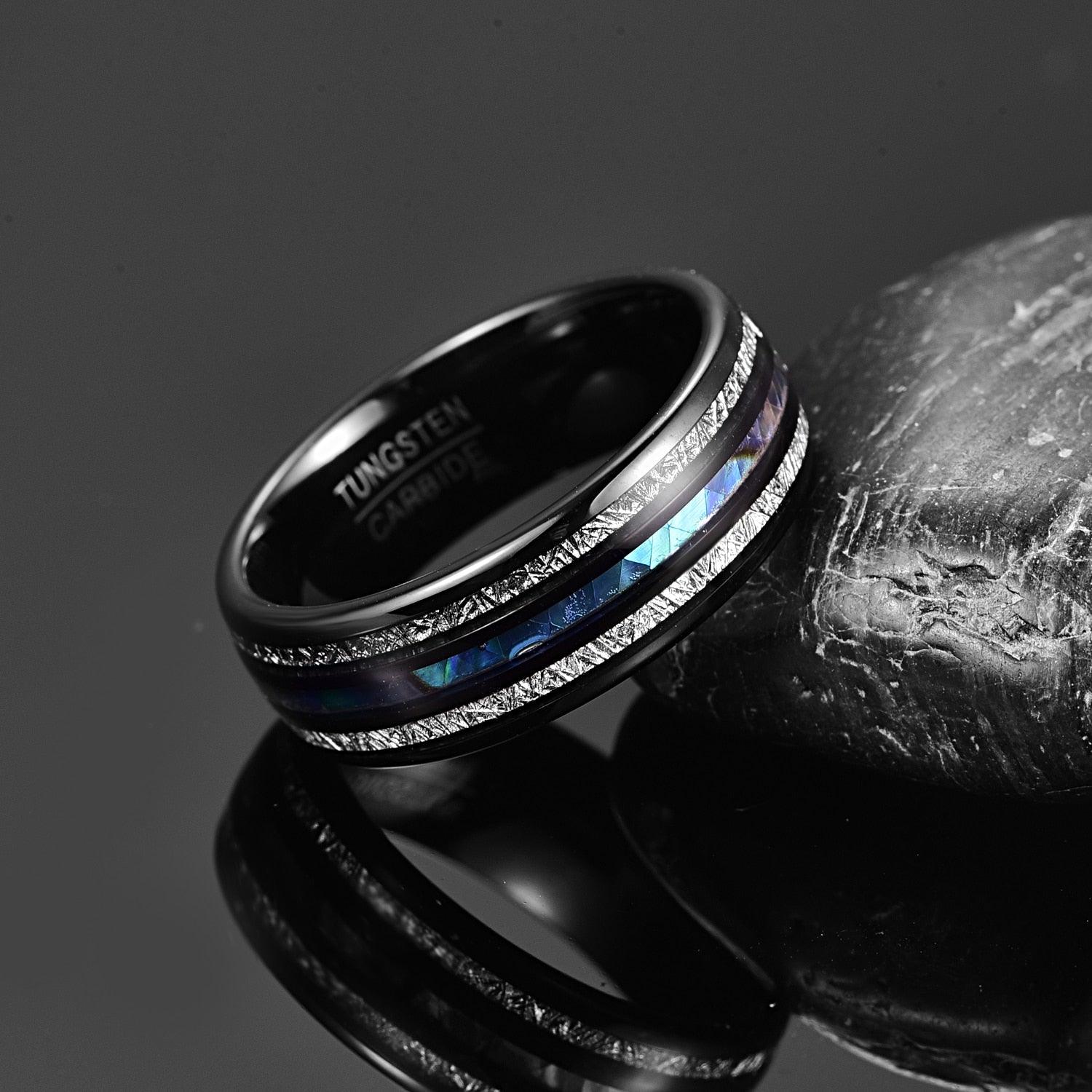Iceland, the land of fire and ice, famous for its volcanic landscapes and ethereal northern lights. But beneath the dramatic scenery lies a cultural legacy that traces back to the Viking Age. Iceland is one of the few modern countries where Norse heritage remains deeply ingrained in language, culture, and even daily life. Tracing Viking roots in modern Iceland is not just a historical exercise, but an exploration of living tradition.

The Viking Settlement of Iceland
The story begins in the late 9th century AD, when Norse explorers—mainly from Norway—set sail across the treacherous seas and landed on the uninhabited island of Iceland. According to Landnámabók (The Book of Settlements), over 400 Viking chieftains and their followers established homesteads across the island between 870 and 930 AD.
These early settlers brought with them their customs, sagas, beliefs, and Old Norse language—all of which have had a lasting impact on Icelandic society. While much of the Nordic world was eventually influenced by foreign powers, Iceland remained relatively isolated, allowing Viking-era traditions to survive with remarkable clarity.
The Icelandic Language: A Living Fossil
One of the most profound links between modern Icelanders and their Viking ancestors is the language. Modern Icelandic has changed very little from Old Norse, the language spoken by the Vikings. This linguistic continuity allows Icelanders today to read medieval texts, such as the sagas, in their original form with relatively little difficulty.
Schools in Iceland teach the sagas as part of the standard curriculum, ensuring that each generation grows up with a sense of connection to the past. Names like Leifur, Einar, and Gudrún—names that date back to Viking times—are still common today.
As Jesse Byock notes in Viking Age Iceland (ISBN: 9780140291155), “Nowhere in Europe has the medieval mindset been preserved with such fidelity as in Iceland, where the past is not just remembered, but lived through language and literature.”

The Sagas: Iceland's Viking Legacy in Literature
The Icelandic sagas are among the most significant contributions of Viking culture to world literature. These prose narratives, composed in the 12th to 14th centuries, recount the lives and deeds of early Icelanders—warriors, poets, farmers, and chieftains—offering vivid portrayals of Viking life, values, and conflicts.
The most famous of these, such as Njáls saga and Egil’s saga, offer insight into the complex legal, social, and moral codes of the time. They are not just heroic tales; they are psychological dramas filled with nuance and human emotion.
According to Else Roesdahl in The Vikings (ISBN: 9780141939551), “Nowhere else did the literary tradition flourish as it did in Iceland, where even the harsh environment could not dampen the creative and historical spirit of the settlers.”
Today, these sagas are not locked away in archives—they are actively read, studied, and even adapted into contemporary forms such as theater, film, and graphic novels.

Modern Cultural Practices with Viking Origins
Beyond language and literature, Viking traditions are alive in Icelandic festivals, crafts, and daily rituals. The annual Þorrablót, celebrated in midwinter, is a Viking-style feast where people consume traditional foods like fermented shark (hákarl), pickled ram’s testicles, and blood pudding, often accompanied by toasts of the potent schnapps brennivín.
While the feast may seem like a novelty to outsiders (with food that requires a truly Viking stomach), it serves as a link between modern Icelanders and their forebears, reinforcing communal bonds and cultural continuity.

Craftsmanship is another area where Viking influence is visible. From woolen lopapeysa sweaters patterned with runic motifs to silver jewelry designed with Viking age knotwork, artisans continue to draw inspiration from the past. Blacksmithing, wood carving, and traditional boat building are all practiced by enthusiasts and preservationists across the island.
The Role of Archaeology
In recent decades, archaeological discoveries have further illuminated the depth of Viking heritage in Iceland. Excavations in Reykjavík, for instance, have revealed turf houses, tools, and burial sites that date back to the first settlers. Sites such as the Viking World Museum in Keflavík and the Settlement Exhibition in Reykjavík showcase these artifacts and help contextualize Iceland’s early history.
Gudmundur Ólafsson’s work in Icelandic Archaeology (ISBN: 9789979544440) provides comprehensive insights into the evolution of settlement patterns and how they reflected the social structures of the Viking world.
Archaeology in Iceland is more than academic—it’s part of the national narrative. Children visit excavation sites on school trips, and amateur historians often assist in digs during the summer months.

Genetics and Genealogy
Iceland’s small, relatively homogenous population has also enabled remarkable studies in genetics that further trace Viking roots. The deCODE genetics project has shown that modern Icelanders share a significant proportion of their DNA with Norse settlers. While men predominantly descended from Scandinavian stock, women also trace part of their lineage to Celtic areas like Scotland and Ireland, reflecting the complex realities of Viking-era migrations.
In addition, Iceland maintains one of the most detailed genealogical databases in the world. The Íslendingabók (The Book of Icelanders) allows citizens to trace their ancestry back 1,000 years, often discovering ties to notable saga heroes or chieftains.
For modern Icelanders, Viking heritage is not just a historical curiosity— it’s a core part of the national identity. From the language to the stories, the food and even the genetic makeup, in Iceland the echoes of the Viking Age are everywhere.
References
Byock, Jesse. Viking Age Iceland. Penguin Books, 2001. ISBN: 9780140291155
Roesdahl, Else. The Vikings. Penguin Books, 1998. ISBN: 9780141939551
Ólafsson, Gudmundur. Icelandic Archaeology. Mál og menning, 2002. ISBN: 9789979544440
